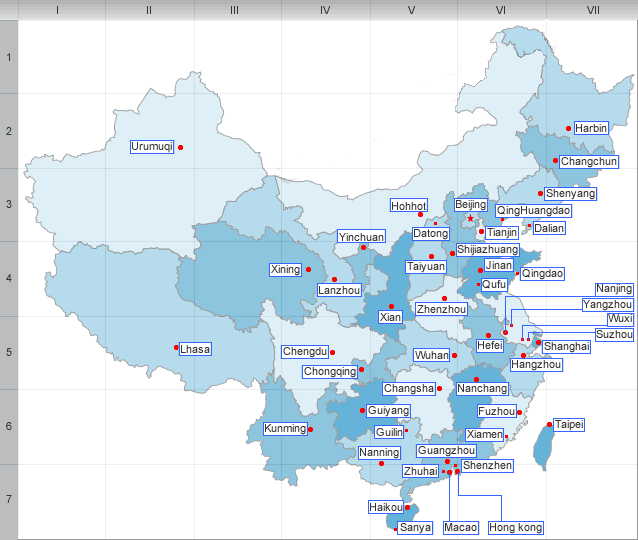Huangnan Tibetan Aut. Prefecture Overview
Huangnan Tibetan Autonomous Region is
located in the southeastern part of
Administrative Areas: Huangnan prefecture
administers
Huangnan Tibetan Autonomous Region is
located in the southeastern part of
Huangnan has a complex continental plateau climate with significant geographical differences from low altitude to high altitude. The average temperatures of the counties under jurisdiction of Huangnan range from 4-8℃.
Huangnan is rich in mineral resources such as gold, silver, copper, lead, zinc, antimony, and arsenic. In addition, there are over 60 rivers and streams running through the prefecture with theoretical hydro-energy amounting to 2.6 million kw. Huangnan is also replete with cultural landmarks and natural scenery.
Huangnan currently is not accessible by railways and airports. Transportation in Huangnan mainly relies on highways. There are provincial highways connecting Huangnan with outside regions and counties under jurisdiction of the region.
Cultural Highlights
Huangnan is known for its profound and multi-cultural history. There are 15 minority ethnic groups including Tibetans, Hui, Mongols, and Tu, living here. Tibetans, Mongols and Hui account for 65.9%, 13.5% and 7.9% of the total population, respectively.
Huangnan is also famous for its Regong art, an important genre in Tibetan Buddhism. With history of more than 700 years, it is called "a magnificent pearl of Chinese art" and includes paintings (murals and scrolls called "thangka" in Tibetan), clay and wooden sculptures, barbola, color paintings on buildings, patterns, and butter sculptures.
Tourist Attractions
Huangnan is rich in beautiful tourism
resources. Tourists should visit Kanbula National Forest Park, the Lijiaxia
power station dam and reservoir area, Tongren Historical and
Tibetan Regong art is always the most
popular tourism theme in Huangnan. Along the Yellow River to the southeast of
| PREV:Hainan Tibetan Aut. Prefecture Overview | Next:Zhejiang Province Profile |



